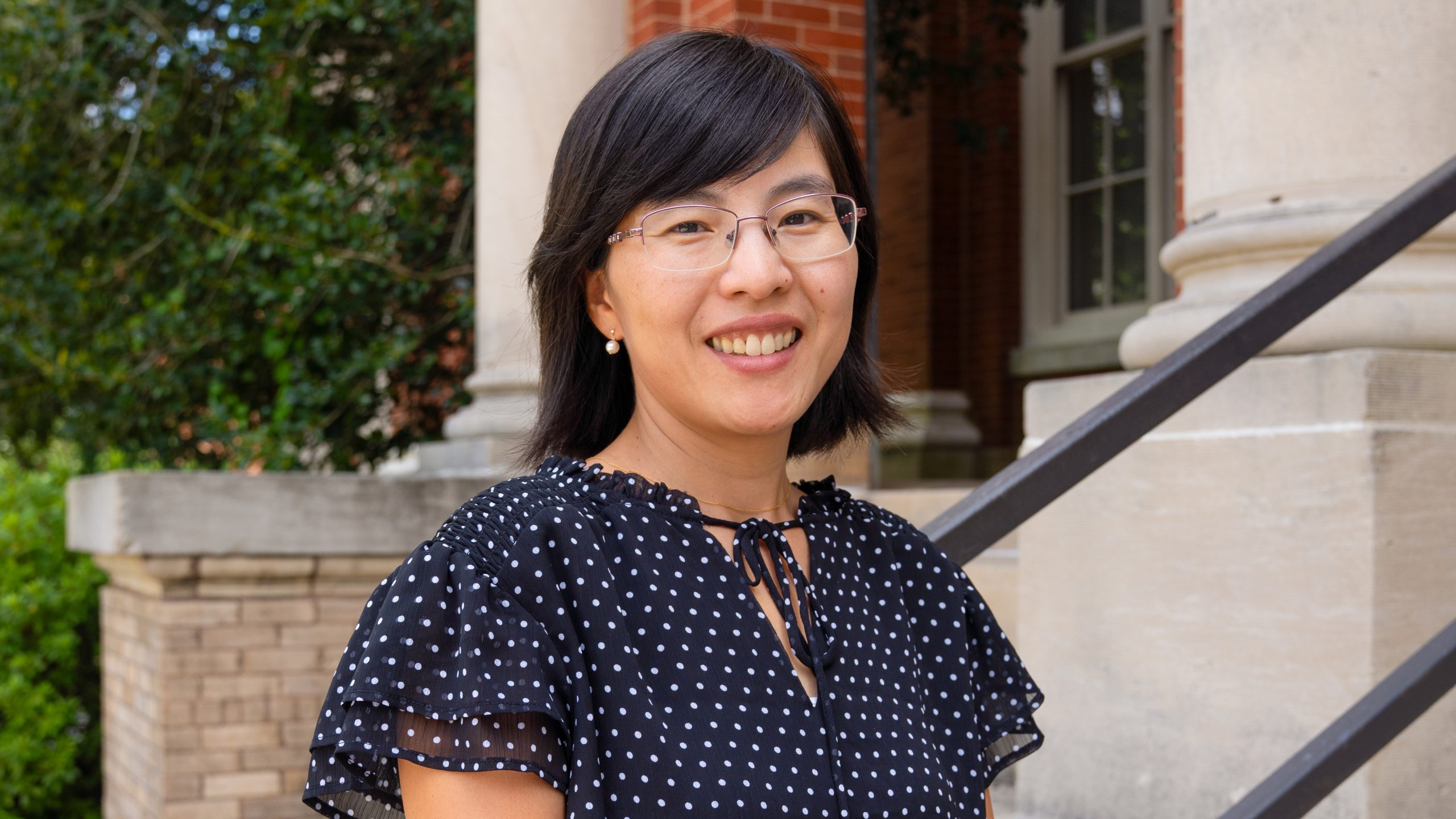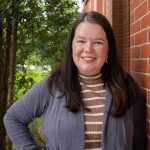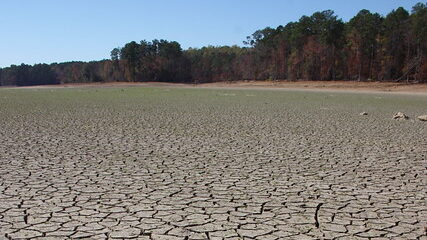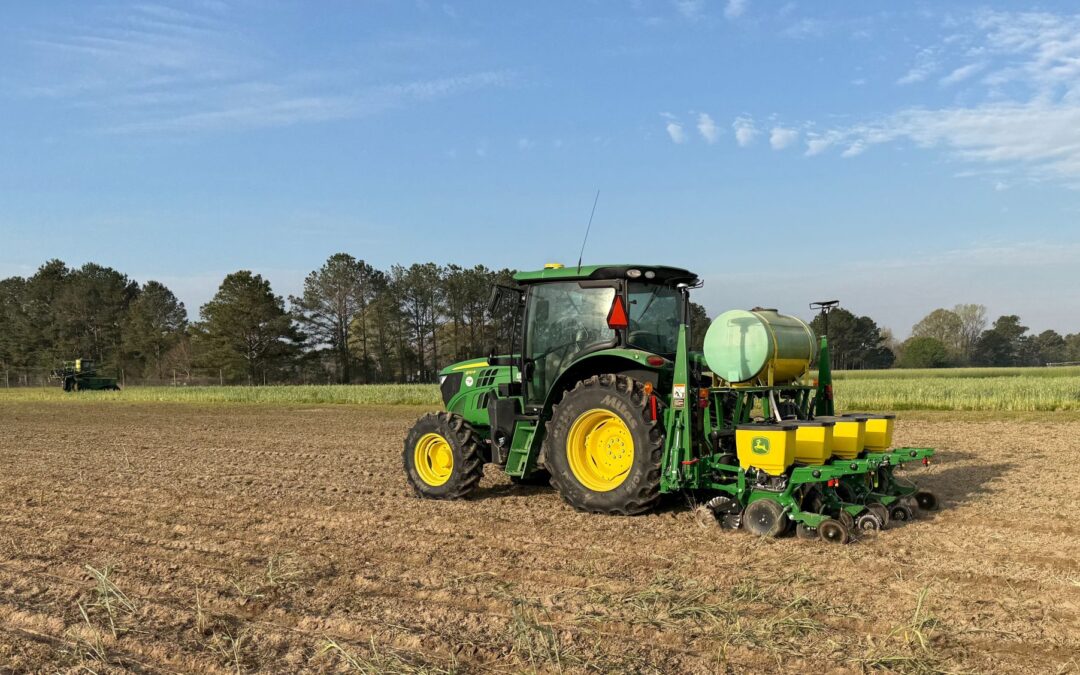Blueberry breeding and research at Auburn University received new support in the form of a $5.2 million award from the USDA Specialty Crops Research Initiative Program.
Sushan Ru, an assistant professor and blueberry breeder in the Department of Horticulture, was part of a national team to receive the award. Her Blueberry Breeding Program in the College of Agriculture and Alabama Agricultural Experiment Station received $501K as a subaward to collect, curate and analyze breeding data for berry crops.
The four-year project is led by Washington State University in collaboration with Auburn, Clemson University, University of Florida, University of Queensland, and the USDA Agricultural Research Service.
“I am very excited to be a part of this national collaboration to deliver service and tools for efficient data collection, management and analysis for specialty crops,” Ru said. “I am even more excited that blueberry is a target crop in this project, in addition to strawberry, citrus, peach and legumes. As a blueberry breeder, I understand the challenges of keeping up with the massive amount of information in the field, greenhouse and lab. Therefore, having a seamless and efficient system for breeding data collection and management is the key to deliver superior cultivars in a timely manner.”
A diverse team of researchers on breeding, genomics and bioinformatics will work together to expand databases for these crops to meet community demand for big data aggregated, analyzed, integrated and visualized, as well as data management and analysis tools.
Blueberries are perennial and polyploid species, which makes the characterization and improvement of genetics considerably more challenging than annual and diploid crops, according to Ru. Additionally, there are far fewer public datasets for blueberries than other crops, which hinders researchers’ ability to study the genetic and environmental influences on key traits such as yield, fruit quality and stress tolerance.
“With more annotated and integrated big data made available for blueberries, researchers can better understand genetic architectures and genotype by environment interactions for important traits, which will greatly help with developing modern breeding tools such as genomic selection and marker-assisted selection to speed up cultivar development,” Ru said.
This project will help breeders like Ru by providing a customized Field Book app for breeding and research data collection; a Breeding Information Management System for secure data uploading, management and analysis in a database; annotated, standardized and integrated big data for crop genetics, genomics, breeding in databases such as Genome Database for Vaccinium and Genome Database for Rosaceae; pipeline and methods for congregating genotypic and phenotypic data for multi-environment genomic prediction; and outreach and training services to assist breeders on data collection and management.
A postdoc will be based in Ru’s program to assist with data curation, management, global data analysis and outreach activities for berry crops. This postdoc will work closely with berry breeding programs nationwide to provide training and outreach services for data collection, management, and utilization through the Field Book app, Breeding Information Management System, and berry crop databases.





